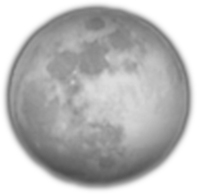
*
From The Old Farmers Almanac.Com
Full Worm Moon – March “As the temperature begins to warm and the ground begins to thaw, earthworm casts appear, heralding the return of the robins. The more northern tribes knew this Moon as the Full Crow Moon, when the cawing of crows signaled the end of winter; or the Full Crust Moon, because the snow cover becomes crusted from thawing by day and freezing at night.’
‘The Full Sap Moon, marking the time of tapping maple trees, is another variation. To the settlers, it was also known as the Lenten Moon, and was considered to be the last full Moon of winter.”
Full Moon Names and Their Meanings
Historically, Native American and other traditional names for full Moons were used to track the seasons. Think of them as “nicknames” for the Moon! See Full Moon names for each month of the year and their meanings.
*
The Old Farmers Almanac Full Worm Video
*